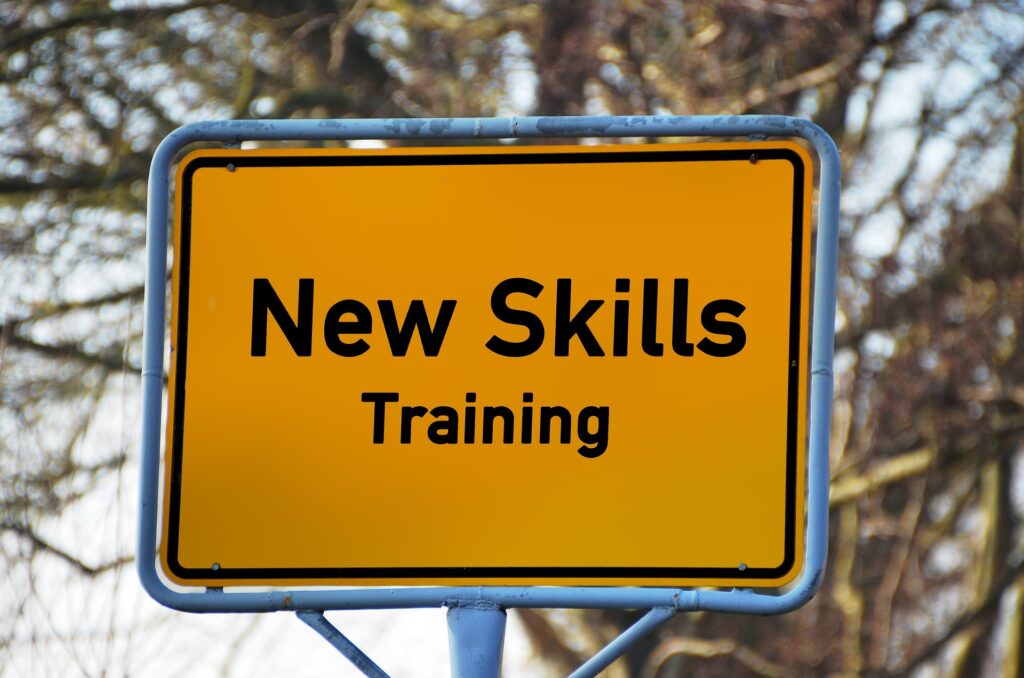
Skill based talent management (SBTM) is a newer approach to managing and developing employees in an organisation. In contrast to traditional approaches that primarily focus on work experience and academic qualifications, SBTM emphasizes skills and competence.
There is buzz around SBTM now due to the increased interest in harnessing the unique potential of each employee because this gives companies the ability to meet the ever-changing needs of the labor market and to adapt to the increased competition for talent. Companies are looking for more efficient ways to manage and develop their employees, and SBTM is an ever-increasing contribution and possible solution for some companies to this. By focusing on skills and competence, companies can increase productivity, improve the quality of work and increase well-being among employees.
A skill is a skill or capacity to perform a specific task or tasks in a competent manner. Skills can be technical, social, analytical or managerial, and they can range from basic skills to more advanced skills that require specialized knowledge and experience.
Skills are important in working life for several reasons:
Leading with skills means leading a workforce by focusing on their skills and competences. This involves identifying the most important skills required to perform a job or task, and then emphasizing the development of these skills in employees. This approach takes into account that a person’s skills can be as important as their formal education or work experience.
The requirements for managers and HR in companies that embrace “Leading with skills” may vary depending on the company’s size and industry. However, there are some general requirements that may be useful to consider:

In sum, companies that embrace “Leading with skills” will require a flexible and adaptable leadership style that emphasizes employee skills and development. Managers and HR will also need to be able to offer a wider range of development opportunities and assess skills in a more comprehensive way.
Companies that embrace “Leading with skills” and emphasize the training and development of employee skills can differ somewhat from more traditional companies that mainly emphasize formal education or work experience in the following ways:

To be successful with training and further education in companies that embrace “Leading with skills”, the company should have a clear training goal that is linked to the organisation’s overall goals. The training should also be strategically planned and designed to meet the specific needs of the employees and the organization.
Here are some key factors that can help make training and further education successful in companies that embrace “Leading with skills”:
To implement Skill based talent management (SBTM), the HR department must focus on identifying and utilizing employee skills and competencies. They must also develop and implement strategies to manage and develop skills among employees, so that they can contribute to achieving the company’s goals. There are several tools available for SBTM, including talent management software, skills tests and skills development courses. These tools can help identify employees’ strengths and challenges, as well as develop their skills over time.
Please contact Snapper to discuss how we can help you with Skill based talent management (SBTM).
We regularly send out newsletters. We write about competence, employee development, training, learning technology + much more. If you work with this, we make it easy for you to stay up to date
Fill in the form on the right and you will receive our newsletter. You can unsubscribe at any time.
By signing up for newsmail, I agree that the information I provide can be stored in order to send me e-mail with content that is relevant to what I have downloaded. I understand that I can easily unsubscribe from receiving these emails. Of course, we comply with all rules and regulations that apply to the storage of the information you provide, and we will not share your information with a third party. For more information, see our Privacy Policy

Stortorvet 3, 0155 Oslo
Telephone: 22 37 48 00
E-mail: salg@snapper.no
Invoice: faktura@snapper.no
Support: support@snapper.no